Students at several leading UK art colleges have launched protests over what they describe as "chronic underfunding" of 3D printing facilities in their courses. The demonstrations, which began at Central Saint Martins last month, have since spread to Goldsmiths, Chelsea College of Arts, and Edinburgh College of Art. At the heart of the dispute lies what students claim is a growing disconnect between the digital skills demanded by creative industries and the outdated equipment available in academic institutions.
Walking through the 3D printing lab at Central Saint Martins, one wouldn't immediately notice signs of deprivation. The space contains several industrial-grade machines, but students reveal that four of the seven printers have been non-functional since October. "We have 87 students sharing three working printers," explains final-year product design student Priya Kapoor. "Booking slots are limited to 45 minutes twice a week - you can't even complete a medium-sized print in that time."
The situation has led to extraordinary measures among the student body. Some report traveling to private makerspaces in East London, paying £15-20 per hour to use commercial-grade equipment. Others have resorted to crowdfunding campaigns to purchase personal desktop printers. "It's ridiculous that we're paying £9,250 in tuition while essentially having to self-fund our core curriculum," says textile design student Marcus Boyle, holding a sign that reads "3D Poverty in a Digital Age" during last Tuesday's sit-in.
University administrators acknowledge the equipment shortages but point to broader financial pressures across the UK higher education sector. A spokesperson for University of the Arts London explained: "While we've invested £1.2 million in digital fabrication facilities across our colleges since 2019, maintenance costs and material prices have risen 40% in that period. We're actively seeking industry partnerships to bridge this gap."
Industry professionals watching the situation express concern. "These students are competing in a job market where 72% of product design firms use industrial 3D printing daily," notes Clara Vangeist, lead designer at innovation consultancy Material Futures. "When graduates arrive with only theoretical knowledge of advanced manufacturing processes, it creates a dangerous skills gap that affects Britain's creative competitiveness."
The protests have taken on creative dimensions befitting art students. At Goldsmiths, architecture students constructed a 5-foot "Tower of Broken Promises" from failed 3D prints - warped figurines, half-melted prototypes, and abandoned project fragments collected over two terms. Meanwhile, Chelsea College of Arts students projected animations onto campus buildings showing how their designs could have looked with proper equipment.
Some departments have implemented stopgap solutions that reveal deeper systemic issues. Edinburgh College of Art now operates a lottery system for printer access during peak periods, while Glasgow School of Art has begun limiting certain materials to postgraduate researchers only. "When your educational experience depends on winning a lottery, something has gone terribly wrong," observes Dr. Eleanor Shaw, a senior lecturer in design innovation.
The controversy touches on larger questions about funding priorities in art education. While universities compete to build flashy new campuses, many students feel basic workshop provisions are being neglected. Photographs circulating on student forums compare gleaming new reception areas with dilapidated fabrication labs where technicians struggle to maintain decade-old equipment.
As the new academic year approaches, student unions are preparing escalation strategies. Proposed measures include a coordinated "print strike" where design students would refuse to submit digitally fabricated work, instead presenting explanations of how their projects would have appeared with proper resources. More radically, some groups are discussing withholding tuition fee payments until service-level agreements for equipment access are implemented.
Behind the machinery shortages lies a philosophical debate about technological access in art education. "We're not asking for luxury," emphasizes Central Saint Martins student representative Jamal Wright. "This isn't about having the shiniest new toys - it's about having functional tools that don't actively hinder our learning. When architecture students can't produce scale models or product designers can't prototype, the entire purpose of hands-on education is undermined."
The Department for Education has remained conspicuously silent on the issue, though shadow arts minister Tristram Hunt has pledged to raise the matter in Parliament. With creative industries contributing £116 billion annually to the UK economy - a figure growing three times faster than the wider economy - many argue that underfunding art schools represents a false economy that could damage Britain's design leadership position.
As the autumn term begins, all eyes will be on whether student protests force meaningful change or if makeshift solutions become permanent fixtures. What began as complaints about malfunctioning printers has blossomed into a nationwide conversation about valuing creative education in the digital age. The outcome may well determine whether British art schools can maintain their hard-won global reputations or face gradual decline through technological obsolescence.

By James Moore/Apr 12, 2025
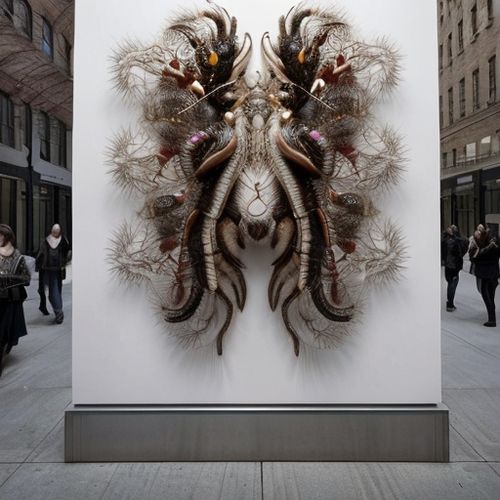
By Grace Cox/Apr 12, 2025

By Ryan Martin/Apr 12, 2025

By Lily Simpson/Apr 12, 2025
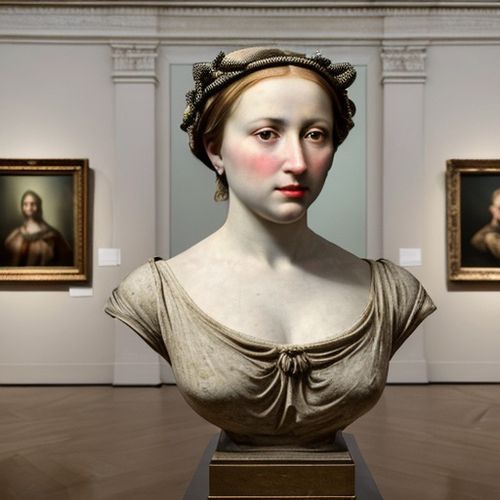
By William Miller/Apr 12, 2025

By Michael Brown/Apr 12, 2025

By Laura Wilson/Apr 12, 2025

By Emma Thompson/Apr 12, 2025
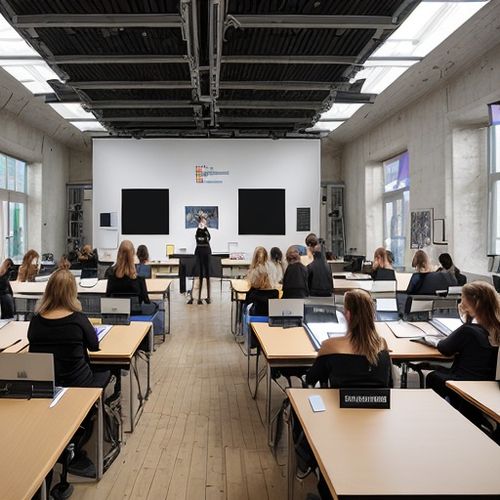
By James Moore/Apr 12, 2025

By Emma Thompson/Apr 12, 2025
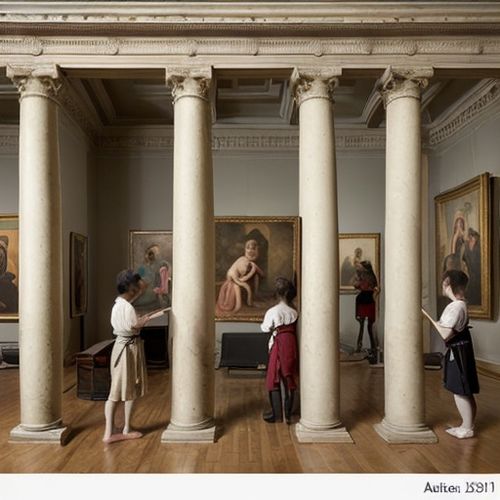
By Ryan Martin/Apr 12, 2025
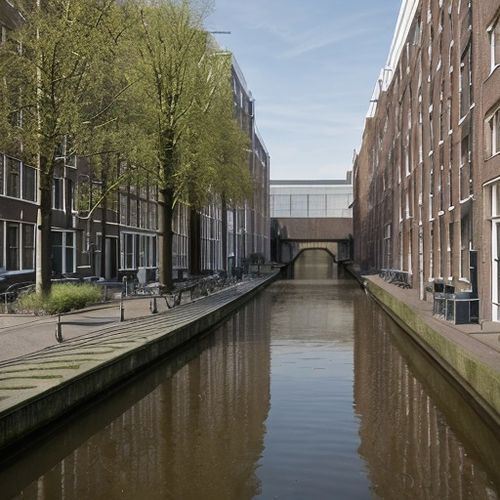
By Victoria Gonzalez/Apr 12, 2025
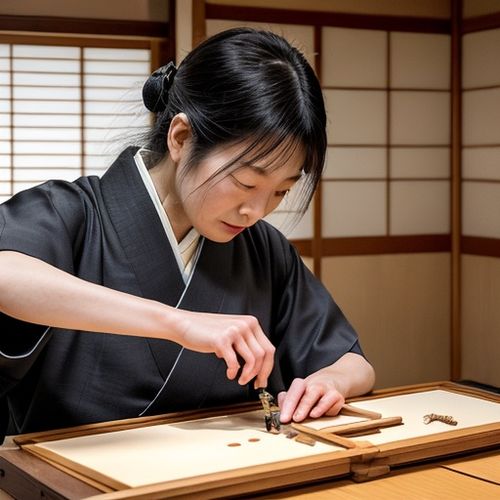
By William Miller/Apr 12, 2025
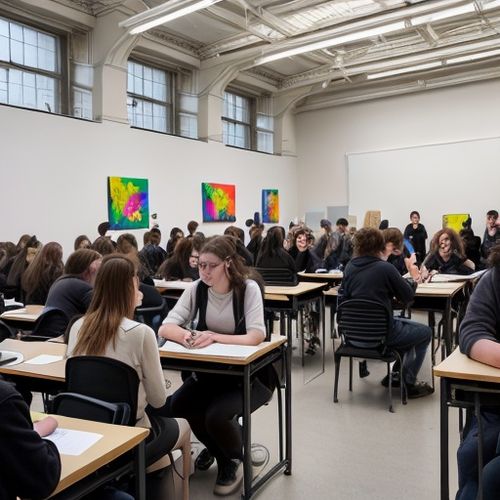
By Grace Cox/Apr 12, 2025
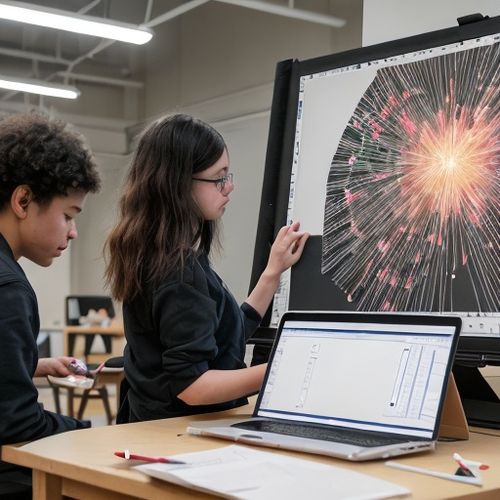
By Sophia Lewis/Apr 12, 2025
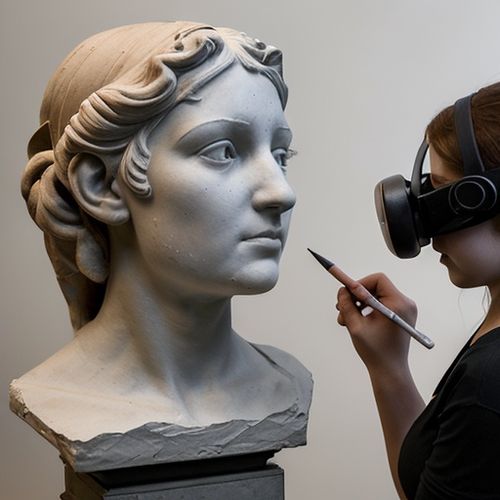
By Amanda Phillips/Apr 12, 2025

By William Miller/Apr 12, 2025
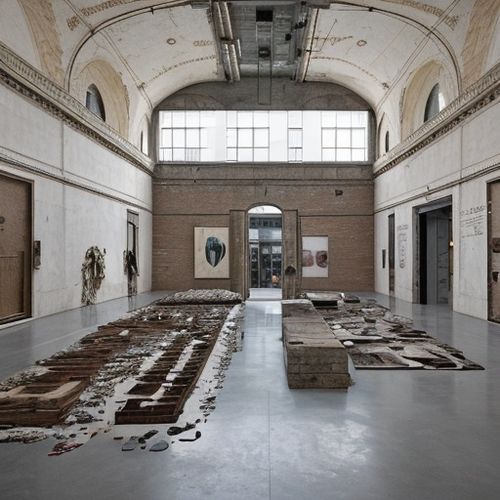
By Sarah Davis/Apr 12, 2025

By Jessica Lee/Apr 12, 2025

By Emma Thompson/Apr 12, 2025